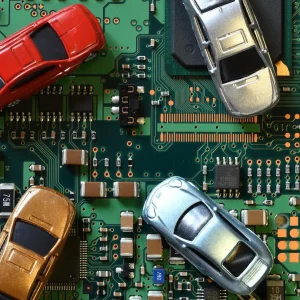The petrol versus diesel debate, as you’ll have seen on page three, is becoming increasingly interesting in the current climate of rising petrol prices, ever-improving technology and a shifting tax regime, so it’s difficult to know if the volume of new vehicles bought today that visit the black pump rather than the green one bears any correlation to what used buyers will be wanting in three or four years’ time.
While fleet diesel registrations hit a record market share of 50.6% last year, topping petrol for the first time, the fuel is consistently pricier, and the new breed of lighter and lower-powered petrol engines such as Ford‘s Ecoboost technology are making petrol more appealing for lower-mileage drivers.
It’s certainly shifting the equation as to what sort of mileage tips the financial equation between the two. Diesel will fight back when the removal of the 3% BIK penalty, in April 2016, starts affecting the thinking of those acquiring vehicles within a three-year cycle of that date, and I’m not convinced by arguments predicting big rises in diesel costs with the introduction of the Euro6 emissions legislation.
Some makers, including Mazda, BMW and Mercedes, have made diesels eligible already without any discernable price rise, so I think this will be another case of the industry finding ways to meet legislation without a large cost burden for users.
The basic message, as with EVs and plug-in hybrids, is usage patterns and a full whole-life cost analysis should dictate car choice. The business case for diesel is still very much there, but only if the usage pattern, basically high mileage, fits the fuel.
Follow BusinessCar on TWITTER.





